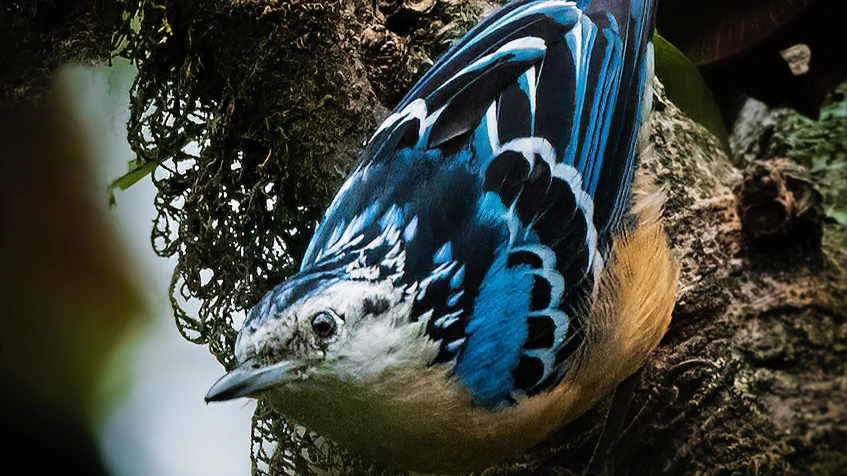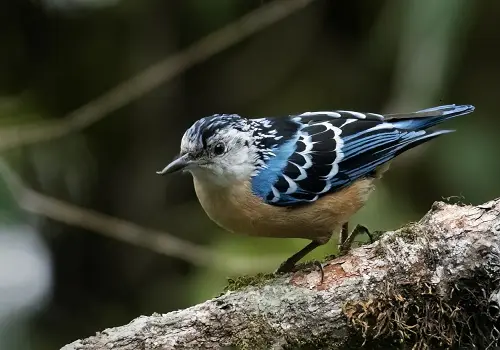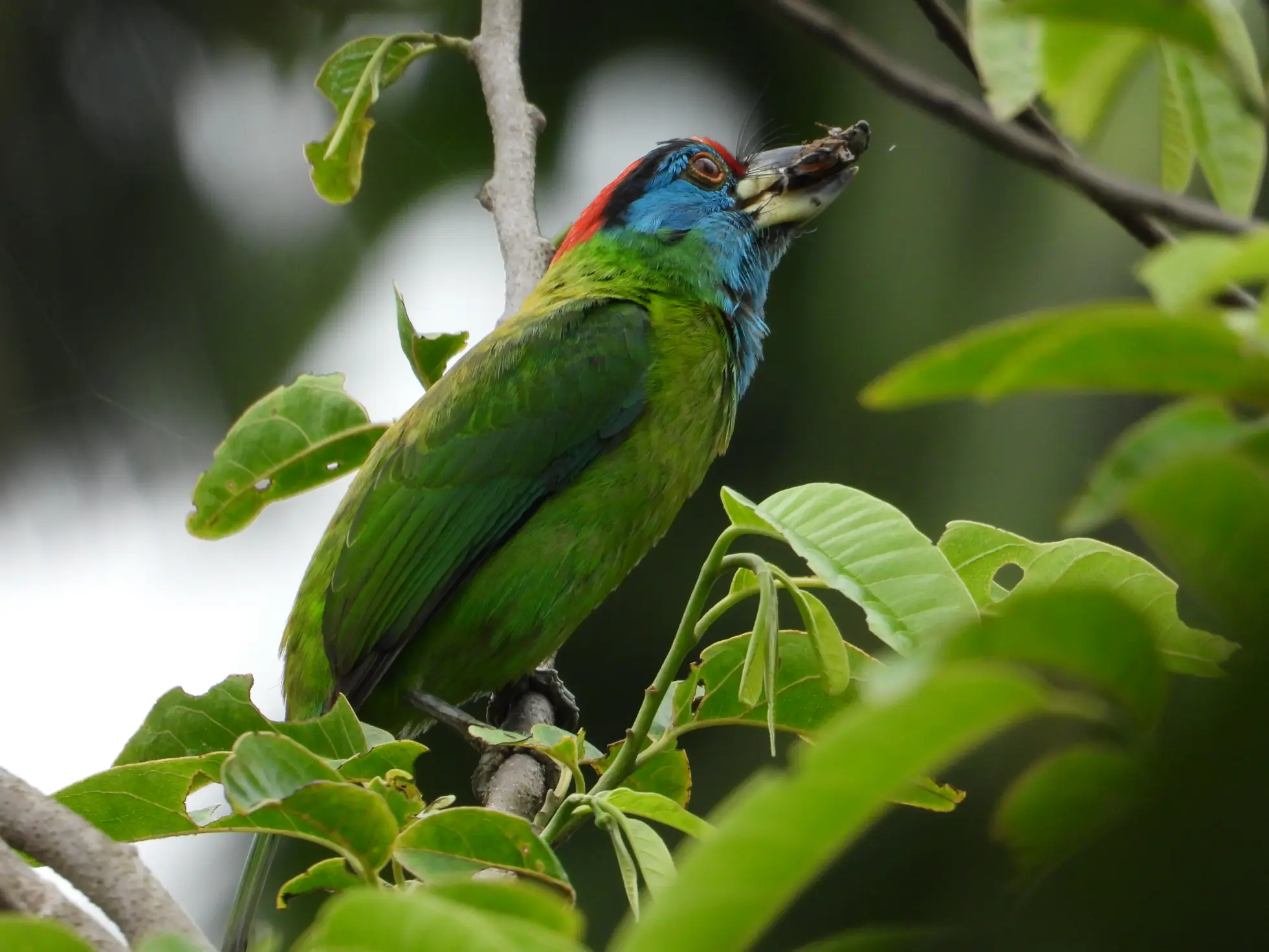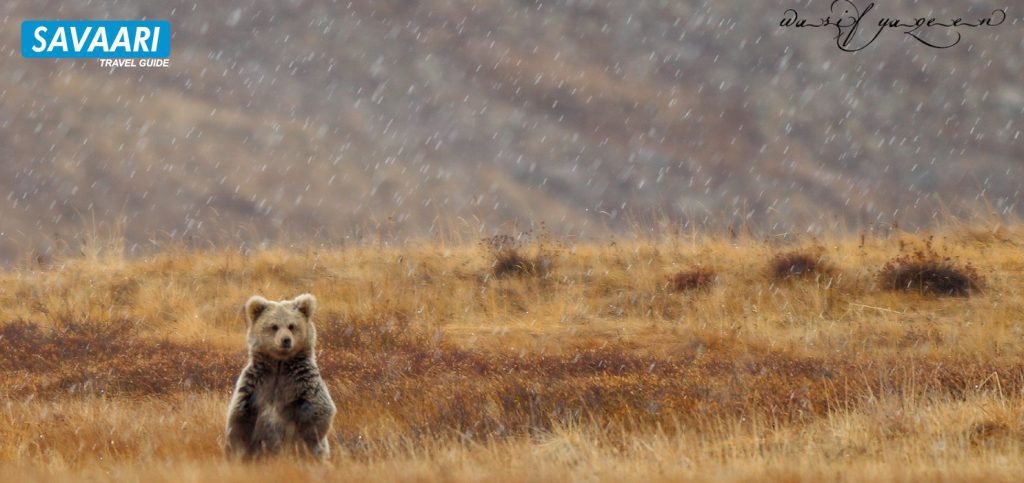Birdwatching in India is a remarkable endeavour that offers unparalleled opportunities for nature enthusiasts and bird lovers alike. With its diverse ecosystems, India boasts an extraordinary range of avian species, making it a haven for birdwatchers from around the world. One of the greatest appeals of birdwatching in India is the sheer abundance and variety of birdlife. The geographical expanse of India ensures that each region offers unique birding experiences, and the best way to indulge in these experiences is by booking a cab for a hassle-free commute. From the majestic Indian peacock dancing in its resplendent glory to the elusive Himalayan monal with its vibrant plumage, the country is home to over 1,300 species of birds. Whether you are a seasoned birder or a curious beginner, India presents an astonishing array of feathered wonders waiting to be discovered.
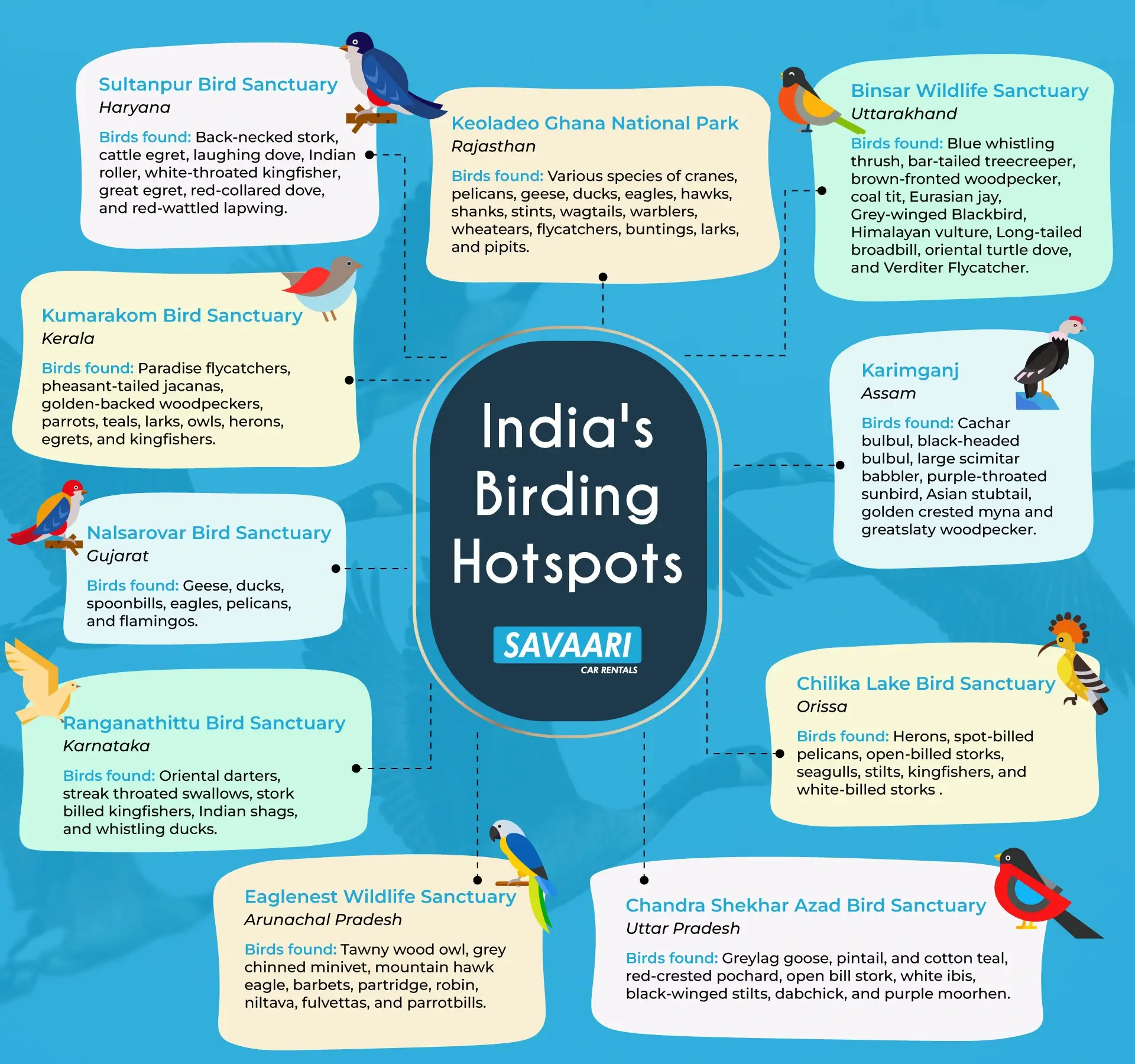
Capturing insights from birders – Vishal, Rohan & Rajani
Discover the captivating realm of birdwatching in India—a delightful activity that has gained significant importance and recognition. Savaari reached out to passionate birders and talented photographers to understand the significance of this pursuit and unveil the finest locations within India to indulge in this enchanting pastime. Allow us to introduce you to a select group of individuals from India’s burgeoning community of bird enthusiasts, who are revolutionizing the way people experience nature by imparting knowledge, fostering change, exerting influence, and enriching the art of birdwatching in India.
Vishal Monakar, Noida
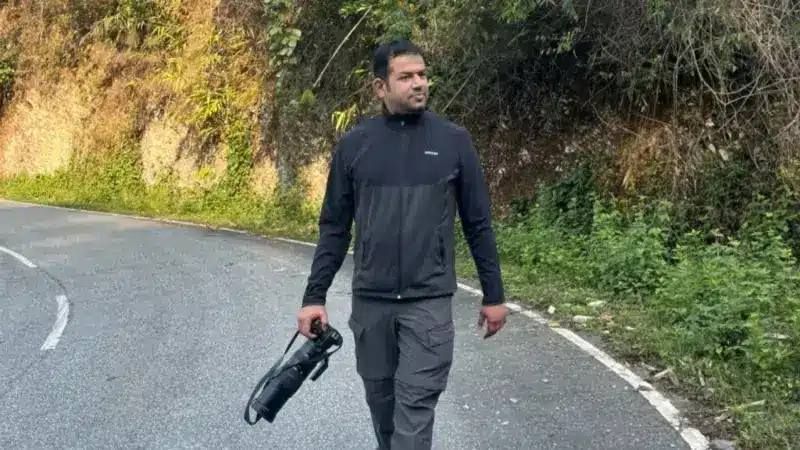
Meet Vishal Monakar – an accomplished wildlife photographer, seasoned business management expert, and passionate traveller. With unwavering determination, Vishal strives to excel in his chosen pursuits. He balances work and leisure to achieve a level of success that allows him to truly enjoy what he does. His love for nature and travel shines through when he speaks about how spending time outdoors renews his spirit. It keeps him in touch with his inner self.
Exploring the Aerial Symphony: Vishal’s Journey into Birdwatching
A few years ago, birdwatching unexpectedly captivated Vishal’s attention. It happened during an outing to a wetland with a friend who pursued street photography. Then, a mesmerizing moment unfolded before his eyes. He witnessed a tiny bird fearlessly challenging and diverting the attention of a gigantic bird, more than twenty times its size.
Intrigued by this remarkable behaviour, Vishal eagerly sought answers from the locals. He discovered that the small bird was fiercely protecting its nest from potential harm when the larger bird unknowingly encroached upon its territory. Witnessing a small bird fearlessly defend its nest against a much larger bird left Vishal awestruck and curious about the intricacies of bird behaviour. Since then, he has dedicated himself to observing birds in their natural habitats in and around India. Birdwatching has become an integral part of his life.
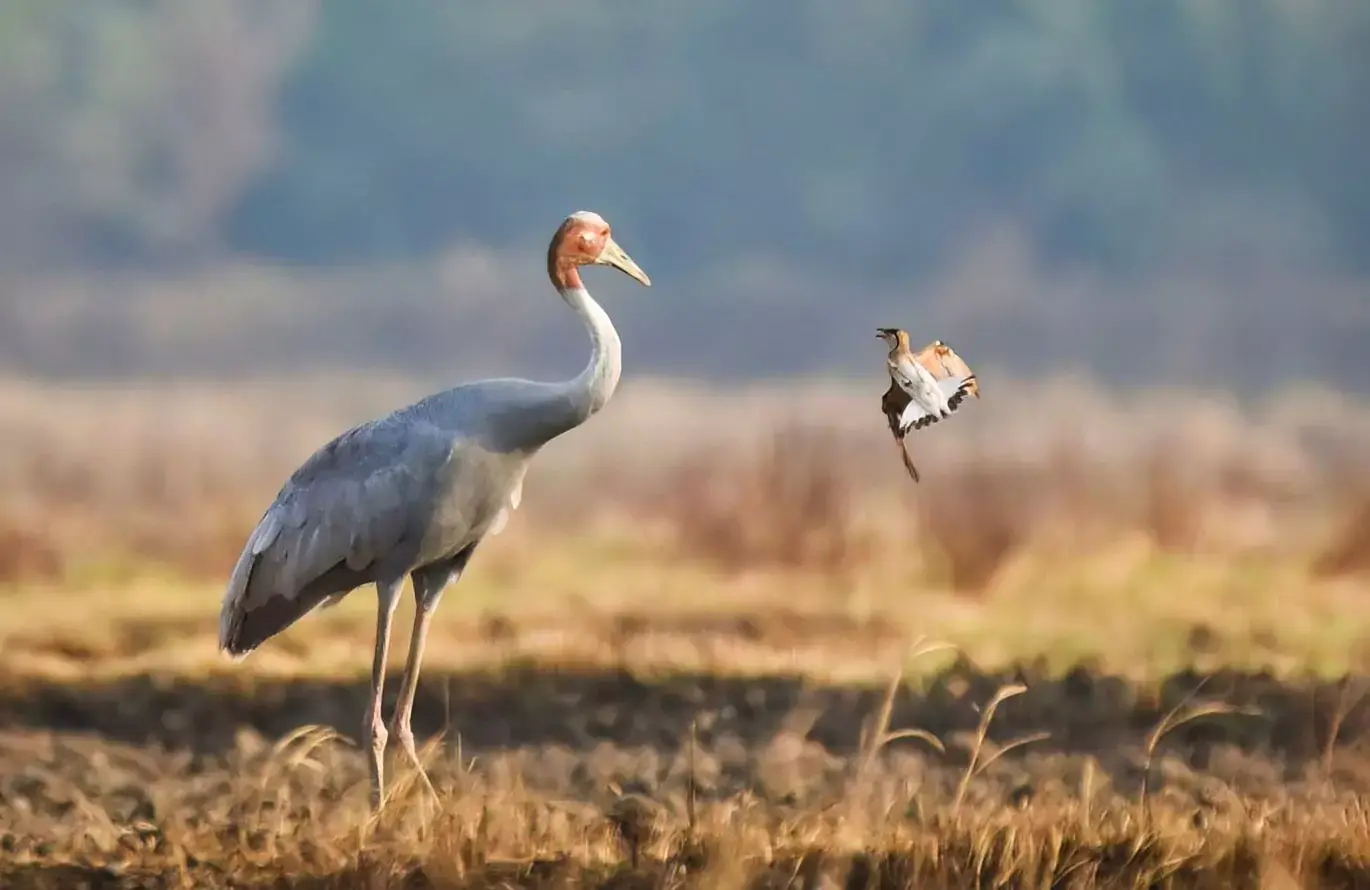
Discovering the natural intelligence of birds
Birds are known for their intelligence and problem-solving skills. They have been observed to use tools, recognize themselves in mirrors, and even understand cause-and-effect relationships. And here’s a fascinating anecdote Vishal shared that perfectly showcases these winged creatures’ intelligence.
Vishal once came across a family of Sarus cranes. While observing their nesting behaviour, he noticed two juvenile cranes walking beside their parents. Unfortunately, the marshland they were walking was divided by a brick road, and the family had to cross it to get to the other side.
Vishal and his team kept a safe distance not to scare the birds. But what happened next left them in awe. The male crane, who seemed to have sensed that Vishal and his team were not a threat, approached them and stood about 20 feet away on the road to ensure their safety.
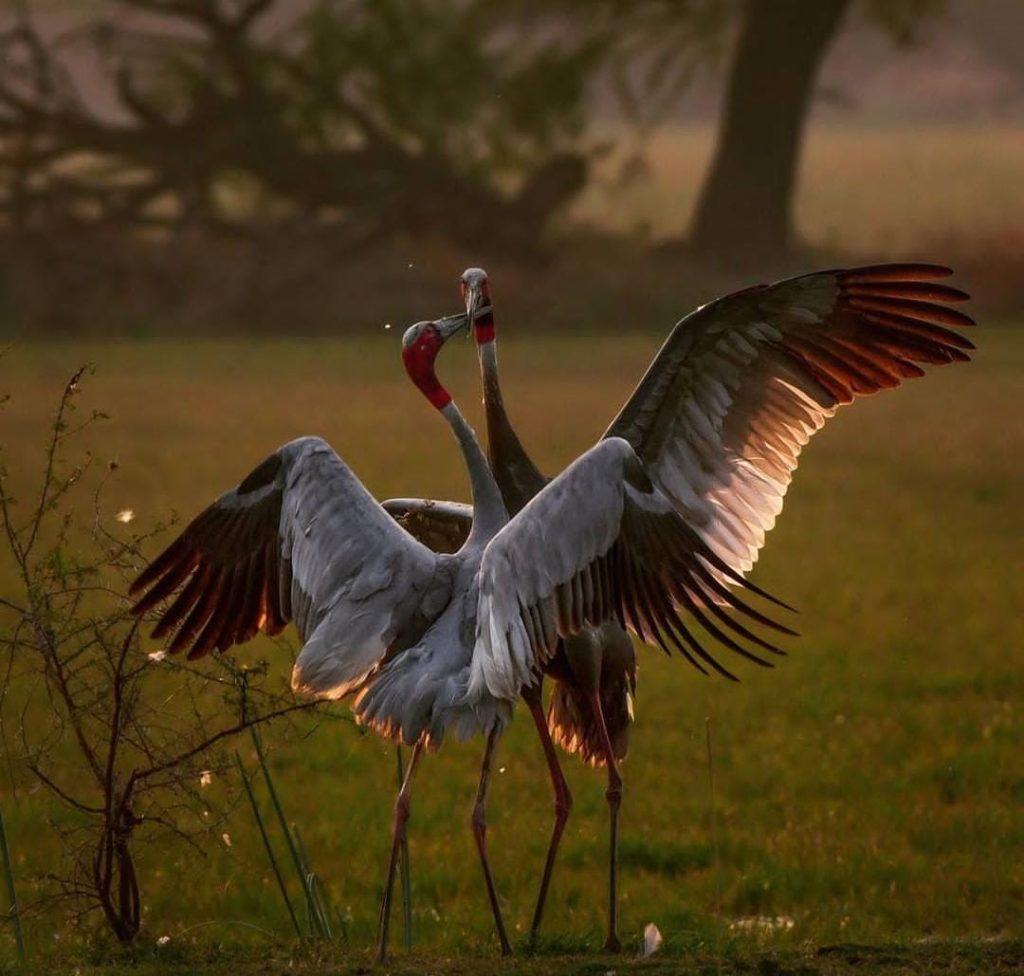
Taking advantage of this distraction, the female crane quickly herded the chicks to cross the road before hurrying across herself. The male crane called out to his family and joined them on the other side of the road. “There are many occurrences that will surprise you and compel you to maintain your connection with nature to unravel some of nature’s mysteries”, he added.
Witnessing rare and endangered birds in India
As an advocate for environmental conservation, Vishal is deeply concerned about the extinction of many bird species due to habitat loss and human activities. Vishal pointed out that bird species’ declining numbers and diversity is a global issue, and India is no exception. The decline of bird populations is attributed to several major factors. These include deforestation, habitat degradation, overexploitation, changes in land use, and global climate conditions. All of these factors are interconnected with human activity. In India, the most endangered bird species encompass those endemic to the region, birds of prey, and those that inhabit grasslands and forests.
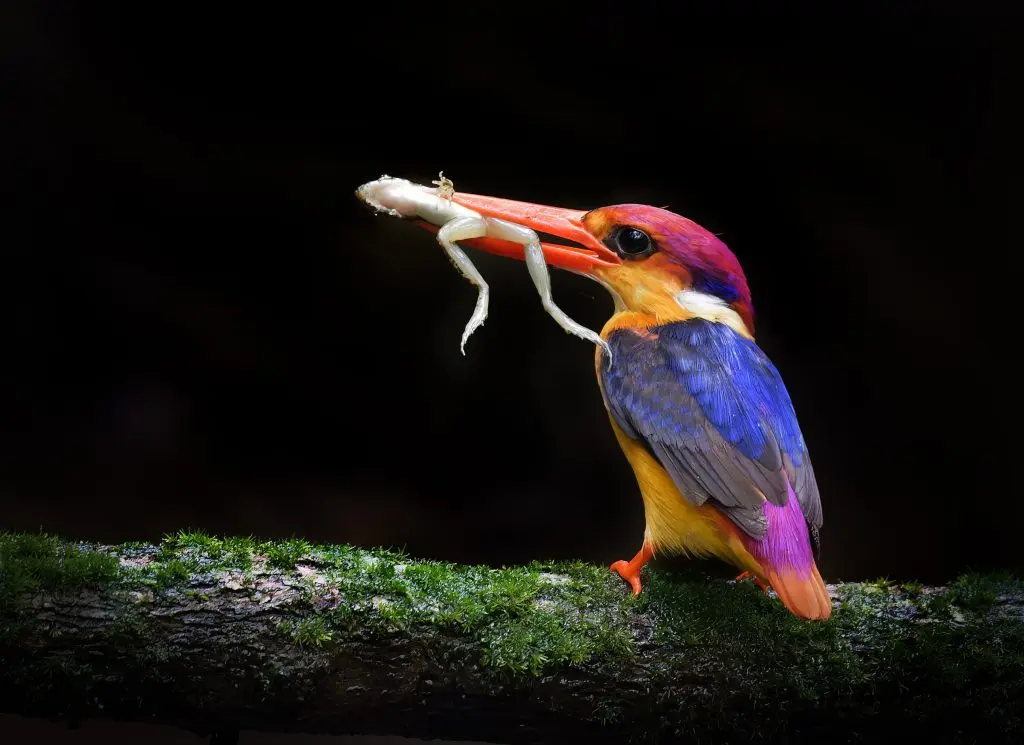
Vishal said, “During my birdwatching expeditions, I have had the chance to witness several bird species that are facing extinction due to human activities and habitat loss. Among these species is the Great Indian Bustard, which was once in the running to become India’s national bird, but now has a population of fewer than 150 individuals. Additionally, I have observed other threatened species such as the Red-headed Vulture, White-rumped Vulture, Lesser Florican, Forest Owlets, and Spoon-billed Sandpiper.”
Ways to improve the situation for declining bird populations
Vishal believes that law enforcement is crucial in protecting wetlands, woods, and grasslands from people who exploit these areas for their gain. Strict laws and punishments should be implemented to deter such activities. He also suggests that citizens should be encouraged to plant trees to increase the tree population. Creating more parks, gardens, and trees in cities can help improve the environment and prevent forests from being destroyed for construction purposes.
People should act responsibly and treat nature with the same care and respect that they would give to their own homes
Vishal Monakar
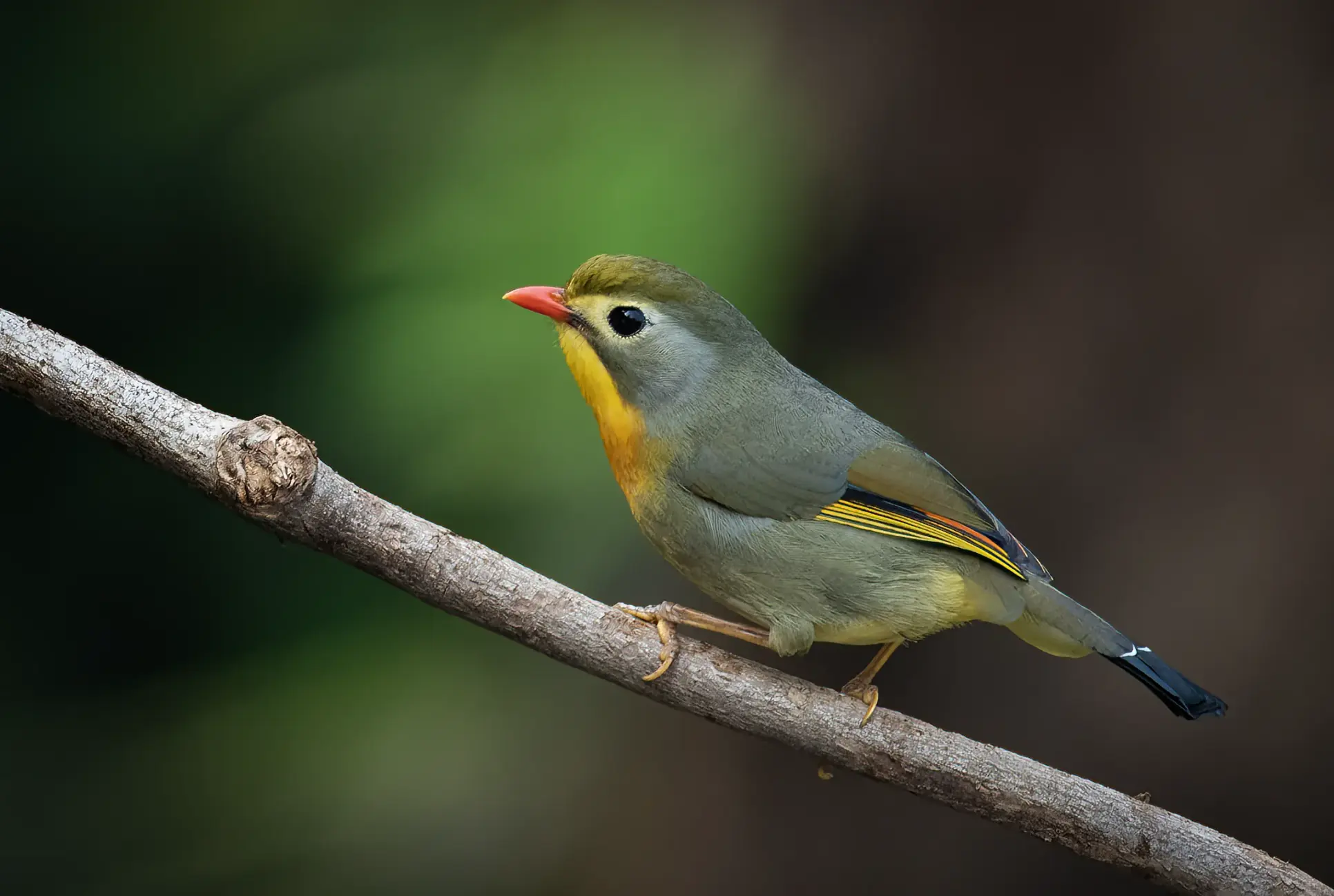
As a wildlife photographer, Vishal has honed his skills and captured breathtaking images of various bird species. His photographs showcase the beauty and unique characteristics of these birds. With his keen eye and technical expertise, he has created a body of work that is both awe-inspiring and educational. His photographs serve as a reminder of the importance of preserving our planet’s biodiversity.
For Vishal, immersing himself in nature and embarking on frequent journeys fuel his spirit. He finds solace and inspiration in the natural world. Capturing breathtaking wildlife images allows him to stay connected with his true self and express his passion for conservation.
To stay up to date with his work, you can follow his profile on Instagram monakar.vishal. There, he regularly uploads incredible wildlife content for his audience to enjoy.
Rohan Rane, Delhi

Among India’s top 35 teenage photographers, is Rohan Rane, a talented photographer currently studying in class 11. With a deep passion for capturing the mesmerizing beauty of wildlife, Rohan has been honing his photography skills, dedicating several remarkable years to this art form. Since his childhood, Rohan has been an avid viewer of YouTube channels featuring a wide array of wildlife species. During his time in Kashmir, he even engaged in the noble act of rescuing birds, further deepening his connection with these feathered creatures.
Rohan’s journey into birdwatching in India
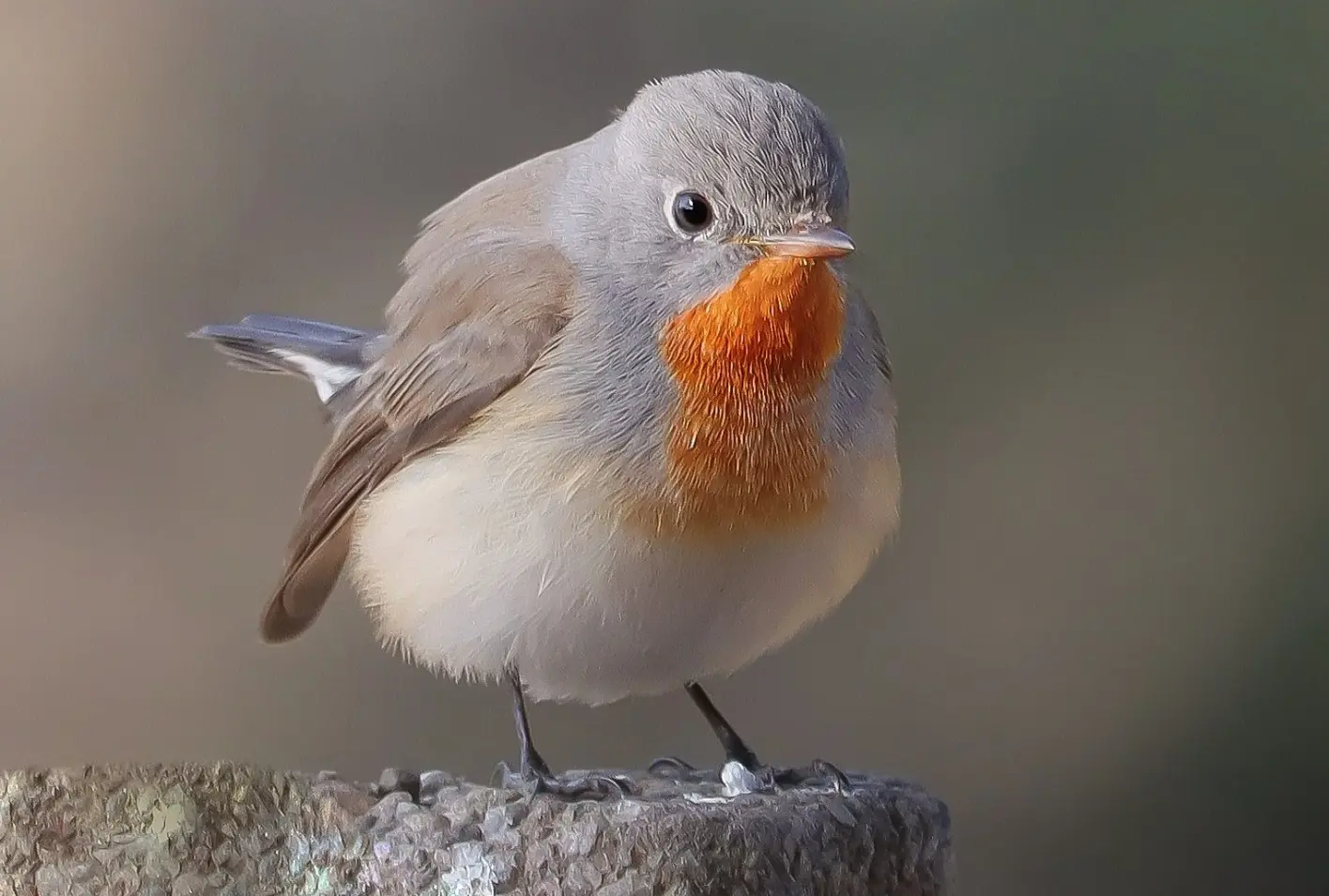
Whenever he stepped outside, his camera would instinctively track the graceful movements of birds, gradually unveiling the remarkable diversity within their species. He eagerly consumed videos on wildlife photography, meticulously researching the necessary equipment to capture these captivating subjects with precision and artistry.
Rohan vividly remembers his astonishment upon encountering 2-3 unfamiliar bird species in the bustling city of Delhi. He was taken aback, questioning how such rare birds could be found in this urban landscape. Overwhelmed by the sighting, he promptly shared his discovery on ebird, a platform for bird enthusiasts, which subsequently led to an interview where he provided insights about the specific bird he had encountered—the Tickell’s Blue Flycatcher.
Rohan’s take on the present state of birds in India
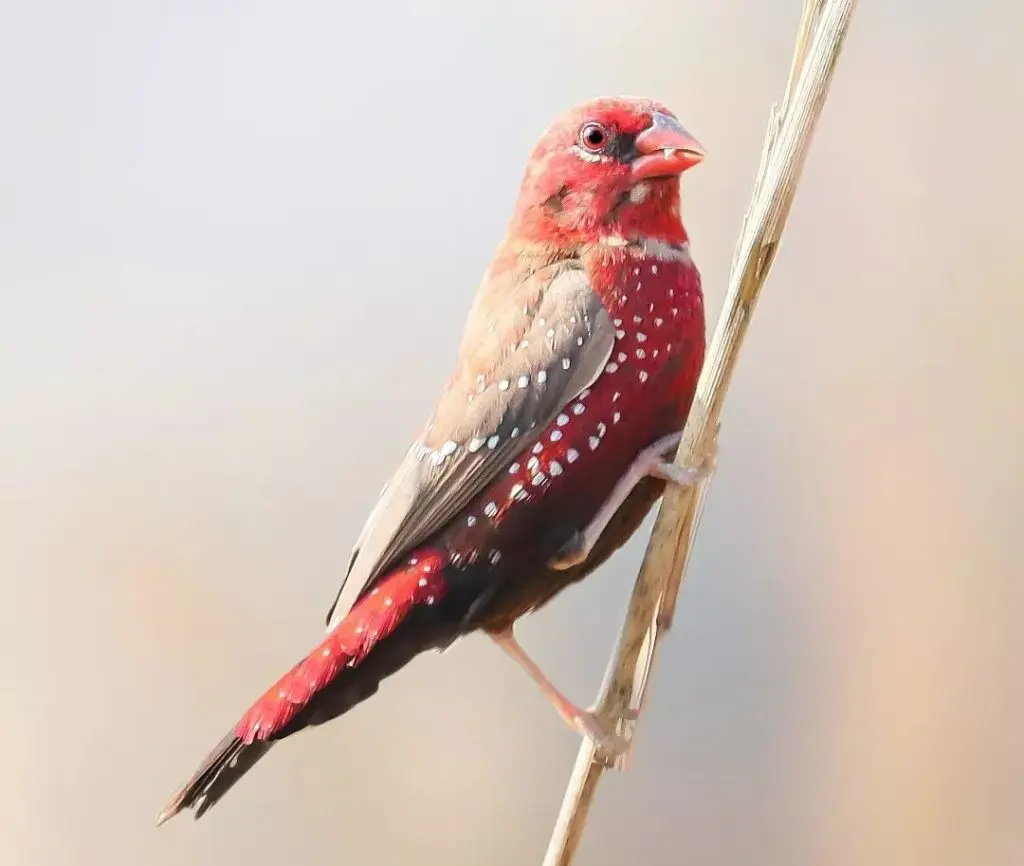
India stands as one of the most beautiful countries, harbouring over 1,000 species of birds. Its diverse landscapes encompass every single biome, ranging from the magnificent Western and Eastern Ghats to the majestic Himalayas and even the sprawling deserts. Truly, it is a breathtaking nation, serving as an absolute haven for birdwatching enthusiasts.
Rohan Rane
Forced breeding and efforts are taken for the endemic birds of India
When discussing the efforts made for the endemic birds of India, Rohan raised various concerns, stating, “Several factors such as internet tower radiations, pollution, global warming, and poaching have significantly impacted bird populations in recent years. Moreover, the alarming issue of forest fires further exacerbates the challenges faced by our avian friends.
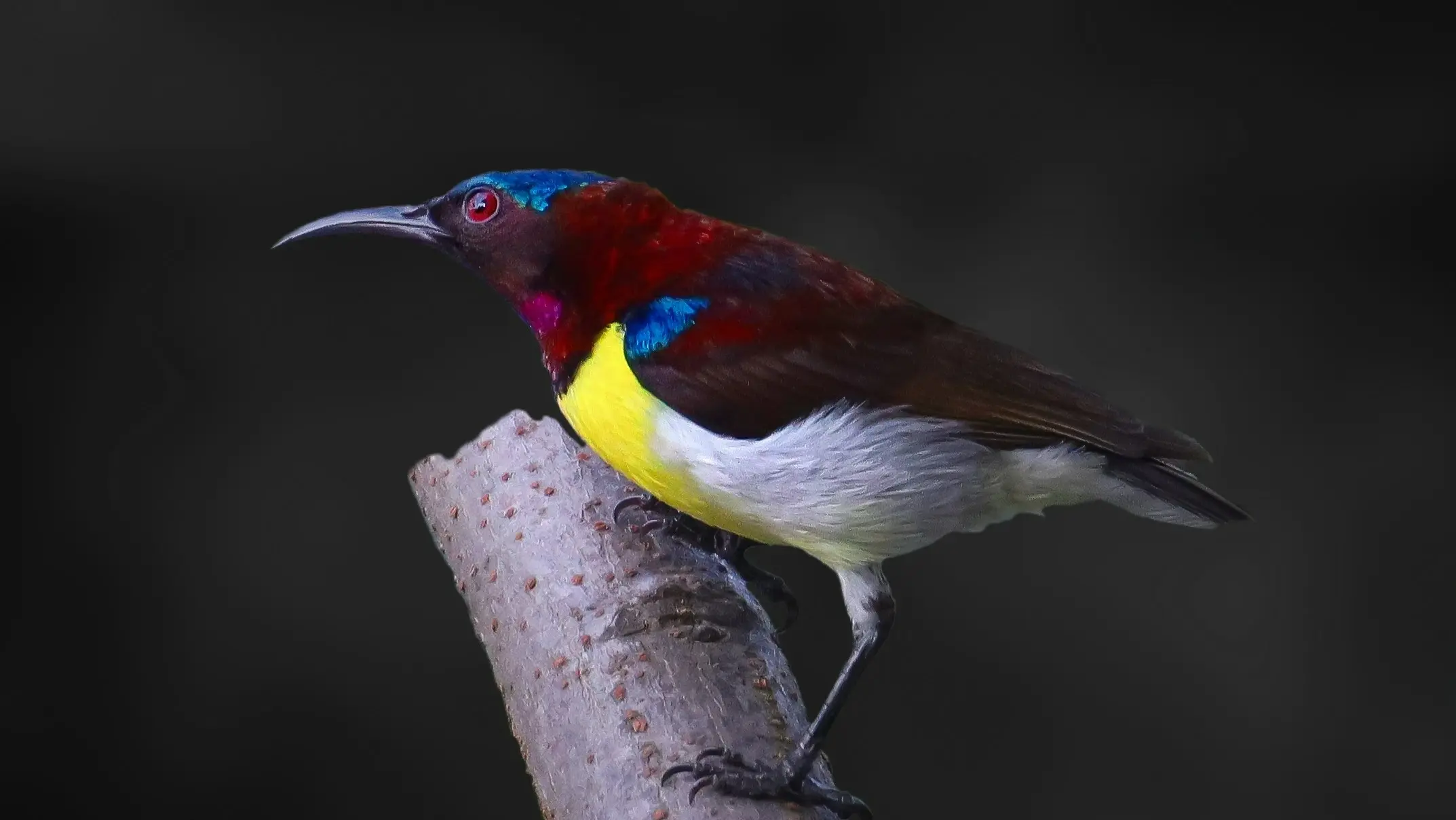
The Great Indian Bustard, a species on the brink of extinction with only around 150 individuals remaining, is being subjected to forced breeding methods to aid its population recovery. Although this approach has shown a slight increase in their numbers, it comes with the risk of poaching and goes against the natural breeding process. Thus, while force breeding contributes to the overall population of these remarkable birds, there are both pros and cons to consider.”
Rohan has a profound passion for birdwatching in India as it fosters a deep connection with the natural world. His remarkable bird photographs can be found on his Instagram account, these.brilliant.eyes. We highly recommend following his page to witness his exceptional work.
Rajani Modi, Tinsukia, Assam
Meet Rajani Modi, a devoted homemaker from Tinsukia, Assam, whose heart brims with a profound love for nature and an unwavering passion for birdwatching in India. Her enchanting journey into the world of avifauna began in 2018, right from the comfort of her backyard. Since then, Rajani has embarked on numerous captivating expeditions, traversing the diverse landscapes of India in pursuit of her avian companions.

Rajani’s encounter with endangered birds
During her expeditions, Rajani had the remarkable opportunity to encounter India’s endangered species. Among them were the resplendent Mandarin duck, the majestic Himalayan griffon, the elusive black-breasted parrotbill, and the captivating swamp francolin.
As Rajani delved deeper into the world of birding, she discovered the astonishing abundance of avian life thriving in India. The country is home to over 1,350 species of birds. Approximately 400 of these species choose to reside permanently, while the rest are migratory visitors.
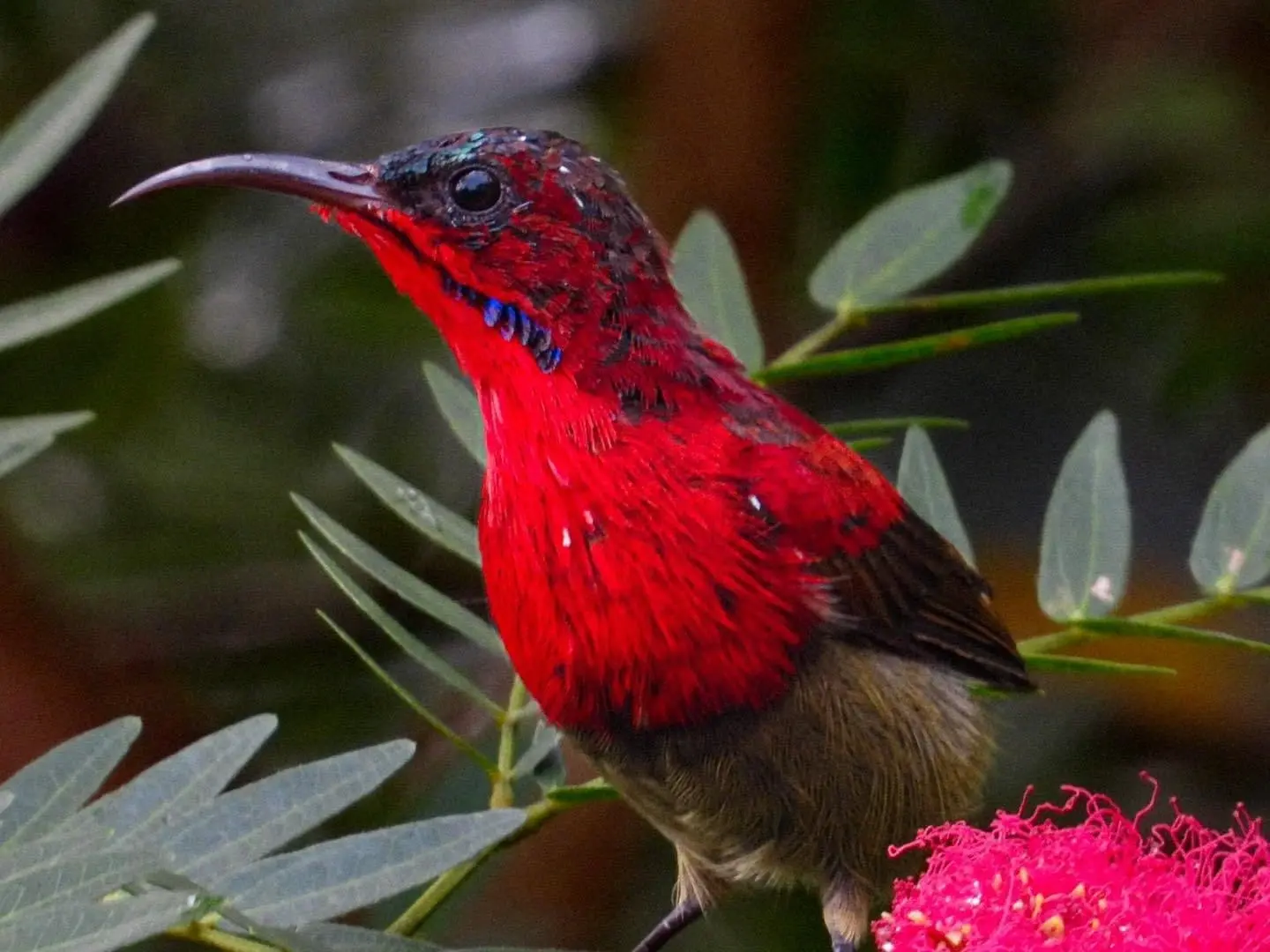
Is enough being done for endemic birds of India?
It’s disheartening that many people are unaware of the incredible bird species that surround them. I believe that the government has a crucial role to play in nurturing an appreciation for wildlife. By incorporating more about our rich biodiversity into the academic syllabus, we can ignite curiosity and create a genuine interest in the natural world. Education is a powerful tool that can inspire the next generation to protect and cherish our avian friends and their habitats.
Rajani Modi
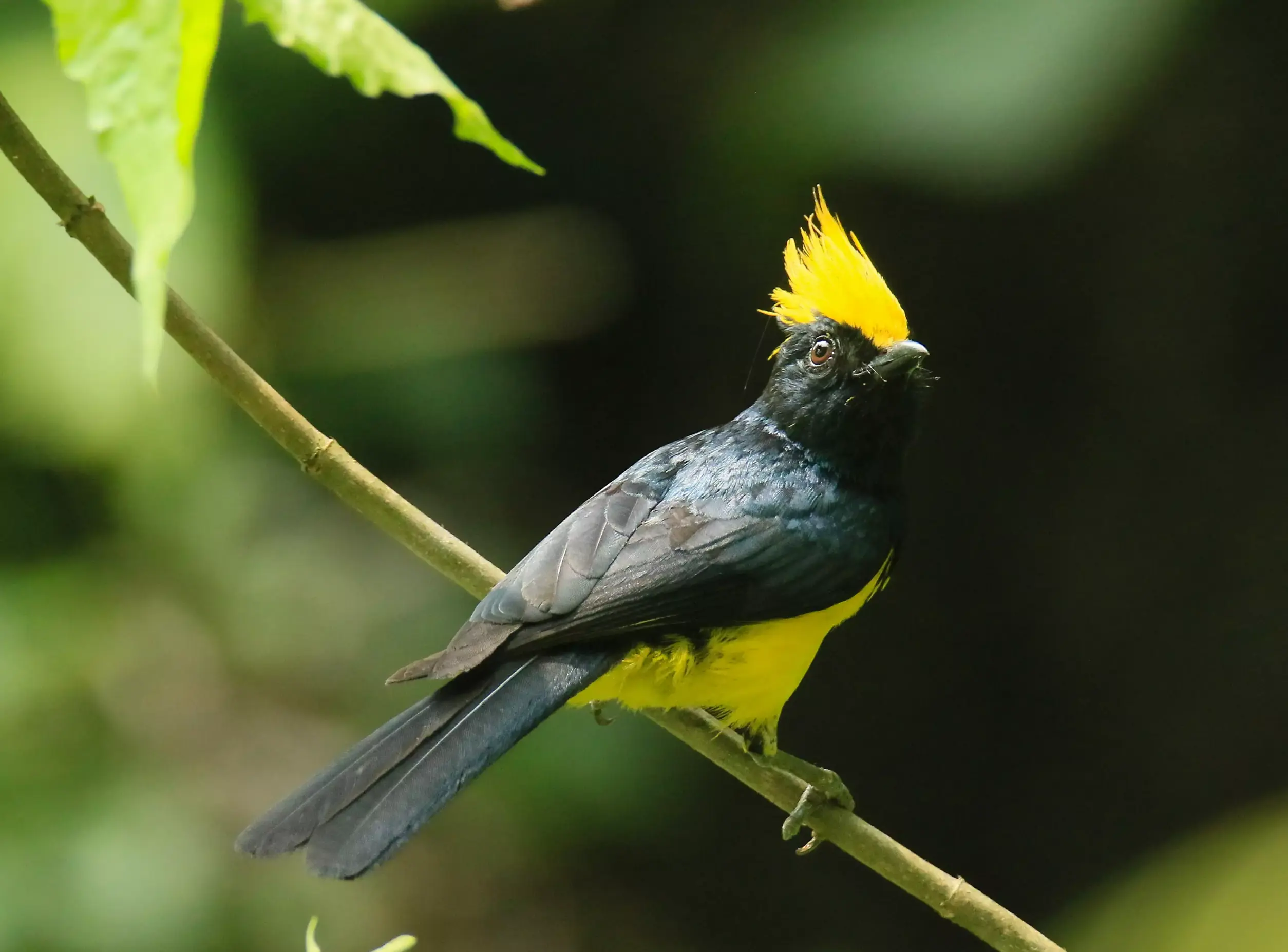
In light of these challenges, Rajani firmly believes that raising awareness about conservation is the most effective means of preserving nature. She sees her photography as a powerful tool to inspire and engage the younger generation in wildlife conservation efforts. By capturing the awe-inspiring beauty of birds and their natural habitats, Rajani aims to ignite a sense of responsibility and encourage active participation in safeguarding nature. We highly recommend checking out Rajani’s Instagram page, modi.rajani, which is home to a stunning collection of bird photographs that showcase her exceptional talent and passion.
Through the passion and dedication of individuals like Vishal, Rohan and Rajani, who have devoted themselves to the art of birdwatching in India and wildlife photography, greater awareness and appreciation for these winged wonders are being fostered. Their stories remind us of the need to preserve and protect the fragile ecosystems that birds rely on, while also encouraging us to become active participants in conservation efforts.
Expert-recommended wingspots – Top birdwatching destinations in India
Vishal highly recommends exploring these incredible destinations in India for bird enthusiasts, where you can witness a diverse range of avian species:
- Uttarakhand – Kotdwar, Sattal, Pangot, Chopta, Mandal Valley, Ramnagar, and Jim Corbett Park offer diverse bird species in stunning landscapes.
- Sikkim – Pangolakha WLS, Zuluk, Gurudongmar, Lachung/Lachen, and Pakyong provide unique avian sightings amidst mountainous terrain.
- West Bengal – Sundarbans, Darjeeling, Mahananda WLS, and Gajoldoba Wetlands offer coastal and forest ecosystems teeming with birdlife.
- Rajasthan – Rajasthan’s Desert National Park and Tal Chhapar WLS showcase desert avian species.
- Kerala – Munnar and Thattekad boast lush greenery and vibrant birds.
These locations promise unforgettable experiences in varied habitats, and the best way to explore them is by booking a reliable taxi for a hassle-free commute.
Rohan offers recommendations for the finest birdwatching destinations in India, where bird enthusiasts can indulge in the awe-inspiring diversity of avian species:
- Bharatpur Bird Sanctuary, Rajasthan: Highly recommended by Rohan, this sanctuary offers a remarkable opportunity to witness the captivating spectacle of migratory birds.
- Sattal lake, Uttarakhand: He suggests exploring Uttarakhand as it provides exceptional birdwatching opportunities with its diverse landscapes, including the Himalayas and lush forests.
- Mangalajodi, Odisha: Rohan highlights Mangalajodi as an exceptional location for bird enthusiasts, known for its vast wetlands and a wide variety of avian species.
- Delhi: While in Delhi, Rohan had the privilege of encountering some rare avian gems, such as the magnificent Bengal Florican and the vibrant Tickell’s Blue Flycatcher.
Rajani enthusiastically recommends several exceptional destinations for birdwatching in India. She suggests these locations based on her own memorable experiences and encounters with a wide variety of avian species.
- Sattal, Uttarakhand: Rajani highly recommends Sattal as an exceptional birdwatching destination known for its unparalleled biodiversity and captivating avian species. The higher altitudes of Sattal enhance the experience with vibrant colours and remarkable vibrancy.
- Dandeli, Karnataka: Rajani suggests visiting Dandeli for birdwatching in India, offering an opportunity to encounter a variety of avifauna amidst the rich forests of Karnataka.
- Lava, West Bengal: Lava is another recommended location by Rajani, known for its scenic beauty and diverse birdlife, making it a must-visit destination for bird enthusiasts.
- Salim Ali Bird Sanctuary, Goa: Rajani highlights the Salim Ali Bird Sanctuary in Goa as an excellent spot to explore and appreciate the avian diversity of the region.
- Chopta, Uttarakhand: Rajani recommends Chopta in Uttarakhand for birdwatching, where the breathtaking landscapes and serene environment provide a perfect backdrop for encountering various bird species.
Birding 101 – Expert tips and tricks for aspiring bird watchers
When asked for tips for beginners in birdwatching in India, Vishal provided the following suggestions:
- Be mindful of your surroundings and observe the avifauna around your home.
- Maintain a distance from birds, especially during nesting activity, to avoid disturbing them.
- Invest in a good pair of binoculars to observe patterns and behaviours without causing disruption.
- Consider wearing dull or camouflaged clothing to avoid drawing attention from birds.
- Explore new spots for birdwatching in India.
- Verify the legitimacy of local birdwatching clubs and consider joining them.

Rohan provided the following suggestions for birdwatchers:
- He emphasized the importance of being equipped with a binocular and a notebook. These serve as valuable tools for observation and documentation.
- For wildlife photography, he highlighted the significance of having good gear. It helps capture the intricate details of birds and their surroundings.
- Furthermore, Rohan stressed the need to study the area and its specific habitat. Understanding the birds’ dietary preferences and familiarizing oneself with their distinct plumage and mating behaviours are crucial.
- Rohan advised conducting thorough research on each bird. Utilizing the vast resources available online helps in exploring the fascinating diversity found within each species.
Rajani said, “Embarking on the journey of birding requires patience and focus. It’s important to start with a smile, armed with a camera, and a thirst for knowledge. A great way to begin is by immersing yourself in reputable birding literature such as ‘Birds of India.’ These books serve as valuable companions, providing insights into the diverse species you may encounter.”
These tips from our birding experts can help newcomers to birdwatching in India have a fulfilling and respectful experience.
Savaari recommends – India’s birding hotspots, a comprehensive guide to India’s avian diversity
1. Sultanpur Bird Sanctuary, Haryana
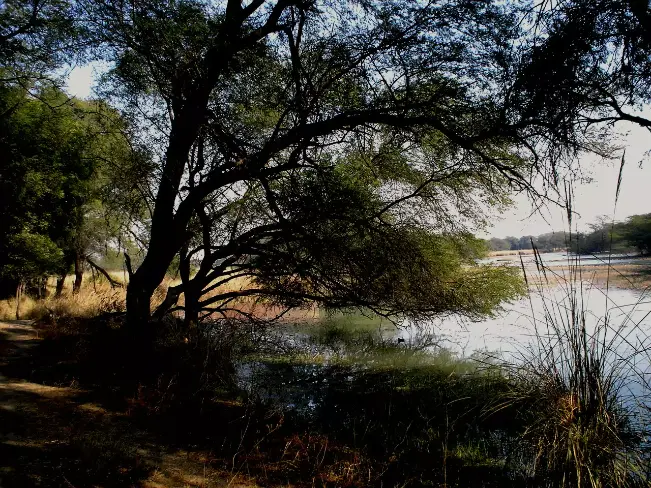
Nestled in the picturesque state of Haryana, Sultanpur Bird Sanctuary is a sprawling bird reserve that spans over 1.43 square kilometers of lush greenery. This sanctuary has earned its rightful place among India’s most revered bird sanctuaries, attracting avian enthusiasts from all corners of the world. The best way to visit Sultanpur Bird Sanctuary and indulge in bird watching is by booking a car rental in Gurgaon for a comfortable commute. Its diverse and vibrant ecosystem provides a haven for over 250 species of resident and migratory birds, each adding their unique melody to the serene ambience. As the winter months set in, the sanctuary becomes a hub for nomadic birds seeking respite from the harsh Siberian winters. These magnificent creatures journey from far-flung regions, such as Russia, Turkey, and Eastern Europe, to bask in the sanctuary’s temperate climate and abundant food sources.
- Location: Gurgaon Farukh Nagar Rd, Sultanpur, Gurugram, Haryana
- Best Time To Visit: October to February
- Ticket Price: INR 5 per person for Indians | INR 40 per person for foreigners
- Timings: 6 am – 4:30 pm
- Birds found: The avian residents of this region include a diverse array of stunning species, such as the black-necked stork, cattle egret, laughing dove, Indian roller, white-throated kingfisher, great egret, red-collared dove, red-wattled lapwing, rock pigeon, rose-ringed parakeet, common mynah, and little egret.
2. Keoladeo Ghana National Park in Rajasthan
Step into the breathtaking world of avifauna at the enchanting Keoladeo National Park, fondly referred to as the Bharatpur Bird Sanctuary, nestled in the vibrant state of Rajasthan. Once a royal hunting zone, Keoladeo was designated as a UNESCO World Heritage Site in 1985 for its significant role as a wintering ground for Palaearctic migratory waterfowl and a thriving habitat for numerous non-migratory resident breeding birds.
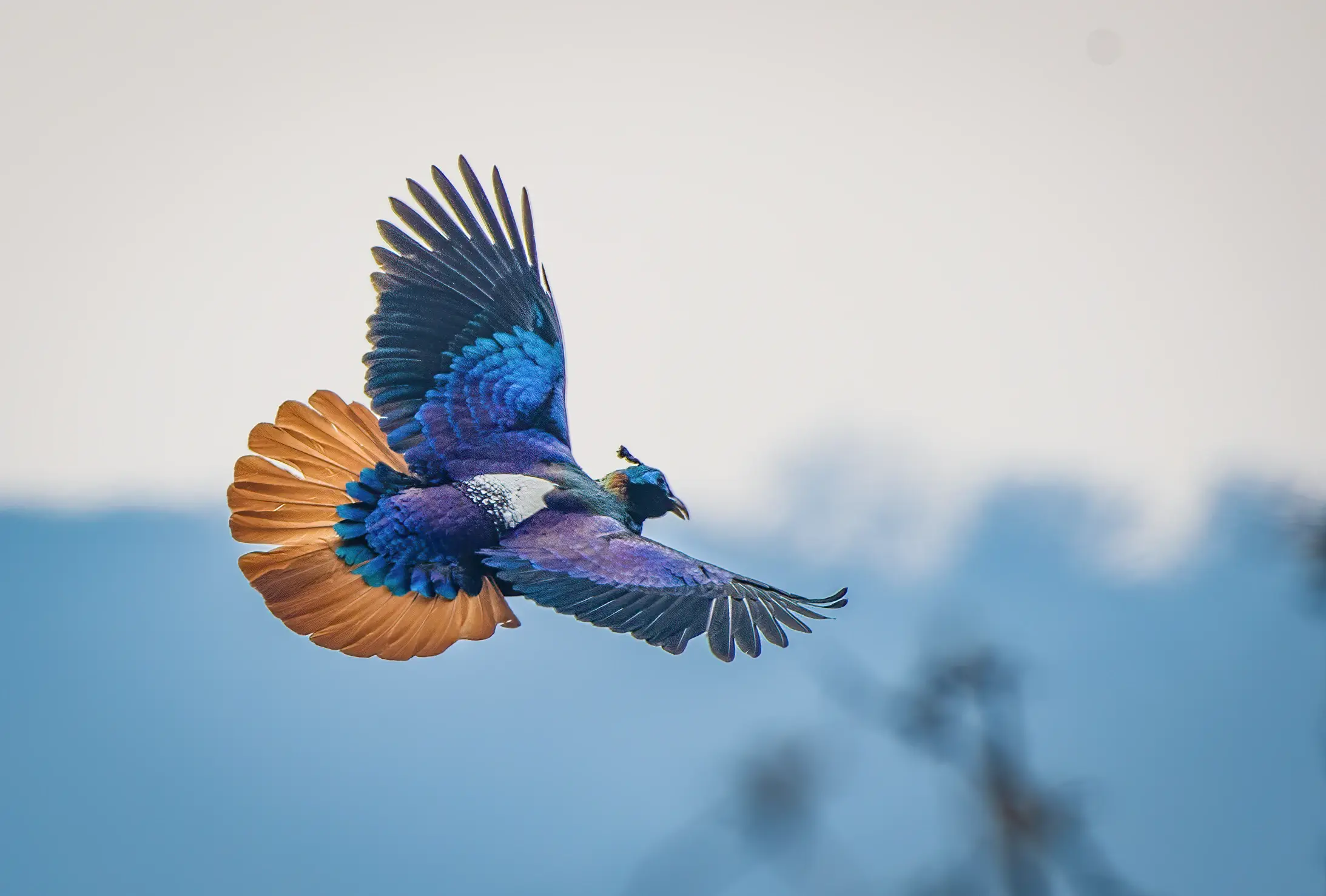
Despite being within a populated zone, the park boasts a stunning array of grasslands, woodlands, woodland swamps, and wetlands, spanning just 2,873 hectares. It is home to nearly 375 bird species and other fascinating creatures such as snakes, peacocks, deer, and nilgai. Keoladeo is renowned for its illustrious history as the wintering ground of the Siberian Crane and continues to captivate visitors worldwide with its awe-inspiring beauty and diverse wildlife. Book an airport taxi from Jaipur airport to Bharatpur to explore the rich variety of birds in this National Park.
- Location: Bharatpur, Rajasthan
- Entry fee: INR 75 per person for Indians | INR 500 per person for foreigners
- Best Time To Visit: August to November
- Birds found: Various species of cranes, pelicans, geese, ducks, eagles, hawks, shanks, stints, wagtails, warblers, wheatears, flycatchers, buntings, larks, and pipits.
3. Binsar Wildlife Sanctuary in Uttarakhand
Binsar Wildlife Sanctuary in Uttarakhand is an idyllic haven that beckons avid birdwatchers from across the globe. This exquisite sanctuary covers an expansive area of around 45 square kilometres, providing a sanctuary to nearly 200 bird species that call it home. The sanctuary is a bird lover’s paradise, offering an unparalleled opportunity to observe and capture exclusive photographs of these magnificent creatures.
The sanctuary’s diverse flora consists of oak and Chir pine trees, along with vast expanses of agricultural land. These provide an ideal habitat for many local and migratory birds.
Noteworthy avian inhabitants of the sanctuary include the blue whistling thrush, bar-tailed treecreeper, brown-fronted woodpecker, coal tit, Eurasian jay, Grey-winged Blackbird, Himalayan vulture, Long-tailed broadbill, oriental turtle dove, and Verditer Flycatcher.
Adventure enthusiasts can enjoy thrilling trekking opportunities offered by the sanctuary. For a more leisurely experience, visitors can stroll along the scenic trails.
- Location: Binsar, Uttarakhand
- Best Time To Visit: Feb – Apr, Oct – Nov
- Ticket Price: INR 150 per person for Indians | INR 600 per person for foreigners
- Timings: 6 am – 4:30 pm
- Birds found: Blue whistling thrush, bar-tailed treecreeper, brown-fronted woodpecker, coal tit, Eurasian jay, Grey-winged Blackbird, Himalayan vulture, Long-tailed broadbill, oriental turtle dove, and Verditer Flycatcher.
4. Karimganj, Assam
Karimganj District in Assam has some of the most pristine forests in India. Many Indian birders are yet to explore this destination. Karimganj is home to the endemic Cachar bulbul, black-headed bulbul, large scimitar babbler, purple-throated sunbird, Asian stubtail, golden crested myna and great slaty woodpecker. An enviable checklist, indeed! Take some time off birds and explore the wilds for incredible mammals, such as clouded leopards, leopard cats, sloth bears, sun bears and Bengal slow loris.
- Location: Kali Bari Rd, Karimganj, Assam
- Best Time To Visit: March-May
- Birds found: Cachar bulbul, black-headed bulbul, large scimitar babbler, purple-throated sunbird, Asian stubtail, golden crested myna and great slaty woodpecker.
5. Kumarakom Bird Sanctuary, Kerala
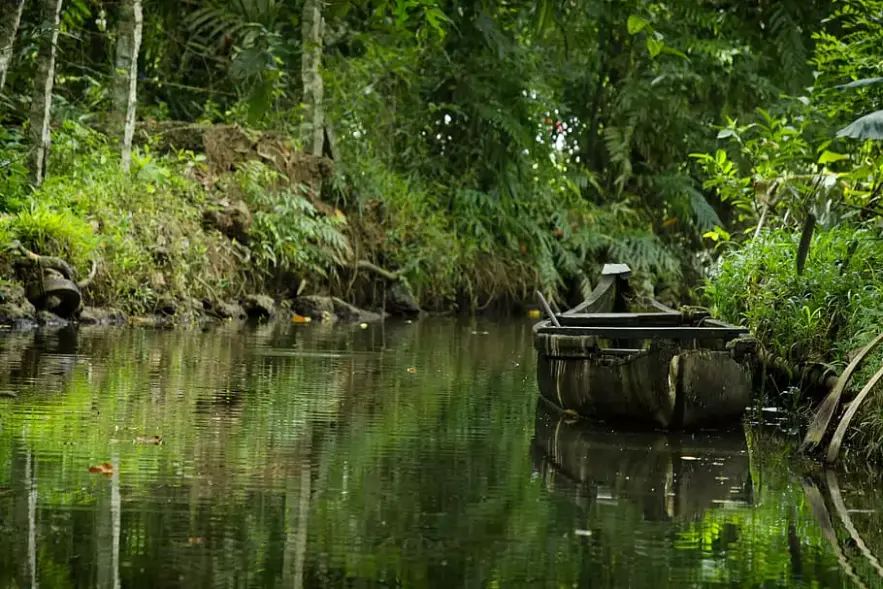
Kumarakom Bird Sanctuary, located along the banks of the stunning Vembanad Lake, spans 14 acres and boasts picturesque greenery. This sanctuary is a popular destination for birdwatchers as it is home to a diverse range of resident and migratory birds. In particular, the pristine Pathiramanal island in the lake is an ideal location for migratory birds from Siberia and Russia. Book a cab from Kochi Airport to Kumarakom for a hassle-free journey. It is undoubtedly one of India’s most renowned bird sanctuaries, and birdwatching here is an exhilarating experience.
- Location: Kavanattinkara, Kumarakom, Kerala
- Best Time To Visit: November to February
- Ticket Price: INR 50 per person for Indians | INR 100 per person for foreigners
- Timings: 6 am – 6 pm
- Birds Found: The avian inhabitants of this region include paradise flycatchers, pheasant-tailed jacanas, golden-backed woodpeckers, parrots, teals, larks, owls, herons, egrets, and kingfishers.
6. Chilika Lake Bird Sanctuary, Odisha
Chilika Lake, Asia’s largest brackish water lake, is a veritable haven for a wide array of bird species. It ranges from standard to rare and migratory to resident. This sanctuary offers a breathtaking natural backdrop. It also provides the opportunity to spot stunning avian creatures while boating. In addition to its avian inhabitants, the lake is also home to a diverse range of animals. This includes Irrawaddy dolphins, prawns, crabs, limbless lizards, and crustaceans. All of these make for a truly unforgettable experience amidst nature’s bounty. Book a local hourly cab in Puri to visit and explore this gorgeous lake bird sanctuary.
- Location: Odisha
- Best Time To Visit: October to March
- Ticket Price: None. Entry to Chilika Lake Bird Sanctuary is free.
- Timings: 6 am – 7 pm
- Birds Found: Herons, spot-billed pelicans, open-billed storks, seagulls, stilts, kingfishers, and white-billed storks
7. Chandra Shekhar Azad Bird Sanctuary, Uttar Pradesh
Chandra Shekhar Azad Bird Sanctuary, located in the serene Unnao region of Uttar Pradesh, is a picturesque sanctuary surrounding a freshwater lake home to over 250 species of nomadic and domestic birds. Known initially as Nawabganj Bird Sanctuary, the sanctuary was renamed in 2015 in honour of the Indian revolutionary leader Chandra Shekhar Azad. The sanctuary is a bird watcher’s paradise, attracting visitors from far and wide to marvel at the diverse avian species that call it home. There’s always a stunning variety here, whether it’s the migratory birds or the year-round residents. The sanctuary’s tranquil environs provide an ideal escape from the hustle and bustle of daily life, allowing visitors to immerse themselves in the splendour of nature.
- Location: NH 25, Ravanhar, Uttar Pradesh
- Best Time To Visit: October to March
- Ticket Price: INR 30 per person for Indians | INR 350 per person for foreigners
- Timings: 6 am – 6 pm
- Birds Found: Greylag goose, pintail, cotton teal, red-crested pochard, open bill stork, white ibis, black-winged stilts, dabchick, and purple moorhen
8. Ranganathittu Bird Sanctuary, Karnataka
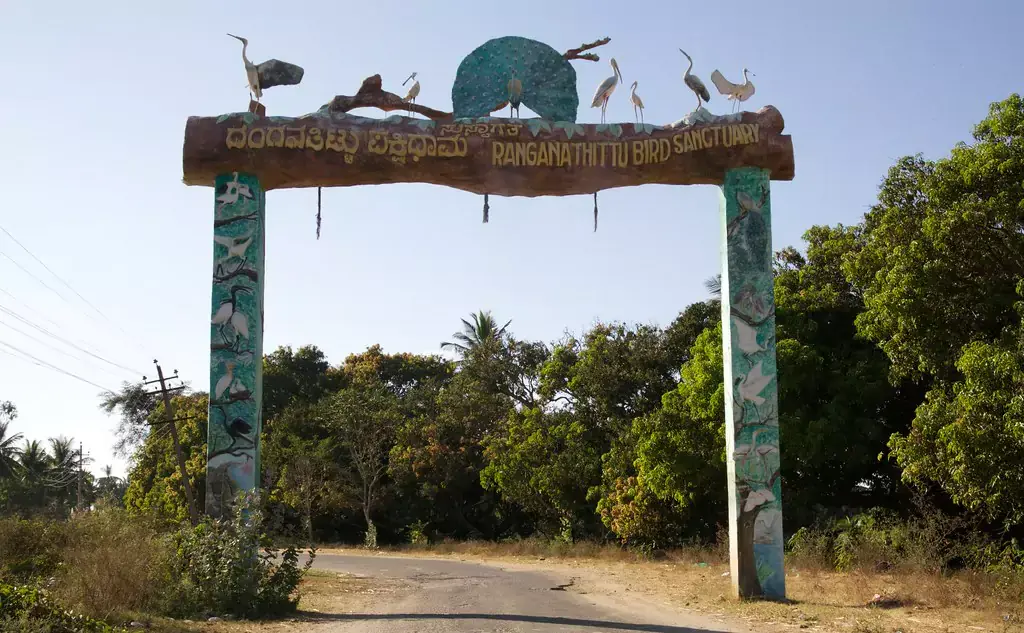
The Ranganathittu Bird Sanctuary, situated near the Kaveri River banks in Karnataka, is a favourite destination among bird enthusiasts. One can observe exotic migratory birds like egrets, partridges, and herons up close on boat rides. It is the largest bird sanctuary in Karnataka and is conveniently located only 19 km from Mysore. The best way to visit this bird sanctuary is by booking a reliable car rental in Mysore with an experienced chauffeur. The sanctuary, which comprises six small islands, is home to more than 250 species of birds. Migratory birds from North America, Siberia, and Australia visit the sanctuary in large numbers. Visitors can also spot some significant animal species, such as monitor lizards, mugger crocodiles, flying foxes, and Indian grey mongooses, in the area. The best time to visit the sanctuary is from January to September.
- Location: Ranganathittu Road, District Mandya, Srirangapatna, Karnataka
- Best Time To Visit: June–November
- Ticket Price: INR 50 for Indians | INR 200 for foreigners
- Timings: 6 am – 6 pm
- Birds Found: Oriental darters, streak-throated swallows, stork-billed kingfishers, Indian shags, and whistling ducks
9. Nal Sarovar Bird Sanctuary
Nal Sarovar Bird Sanctuary is a sprawling wetland sanctuary in the Ahmedabad district of Gujarat. It is regarded as one of India’s most prominent bird sanctuaries, with over 200 bird species found here. The sanctuary is especially well-known for its Spoonbills, Indian Owls, and Small Grebes. To enhance the visitor experience, the forest department has established an interpretation centre called ‘Abhiruchi Kendra’ within the sanctuary. It offers information about the various species of birds that inhabit the sanctuary, with a record of 225 bird types.
In addition to birdwatching in India, visitors can take boat rides to explore the sanctuary’s wetlands and observe the native flora and fauna, such as waterfowl, turtles, and fish. The picturesque views of the sunset at Nal Sarovar Bird Sanctuary are a sight not to be missed.
- Location: Bagodara Nalsarovar Link Rd, Nalsarovar, Gujarat
- Best Time To Visit: October to March
- Ticket Price: INR 150 per hour per person
- Timings: 6 am – 6 pm
- Birds Found: Geese, ducks, spoonbills, eagles, pelicans, and flamingos
10. Eaglenest wildlife sanctuary, Arunachal Pradesh
If you were to ask any bird enthusiast in India about their favourite spot for birdwatching in India, their answer would undoubtedly be “Eaglenest”! This place gained popularity after the discovery of the Bugun Liochichla in 2006, an endemic bird of Eaglenest named after the Bugun tribe who inhabit the area. Eaglenest is contiguous with the Pakke Tiger Reserve, Sessa Orchid Sanctuary, and Nameri Tiger Reserve, and its remoteness and low population density have kept it relatively undisturbed by human development.
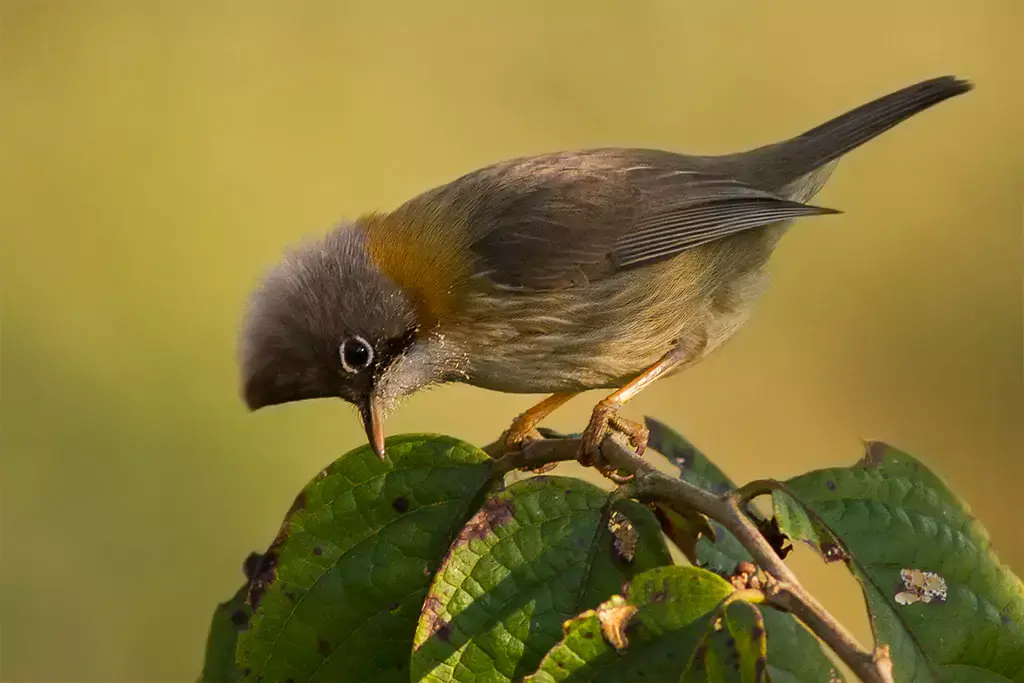
The accessible birding areas in Eaglenest are between 500m to 2800m above sea level and encompass a variety of habitats such as Lowland Evergreen Forest, Temperate broad-leaved Forest, Bamboo, Coniferous, and Scrub. These habitats are home to diverse bird species, making it an ideal destination for birders.
- Location: West Kameng District, Arunachal Pradesh
- Best time to visit: March – April
- Entry: To enter Arunachal Pradesh, a permit is required. Indian nationals need an Inner Line Permit, while foreigners need a Restricted Area Permit. Permits can be obtained from the office of the Deputy Resident Commissioner or Circle Officers at Tenga, Sing Chung, Bhalukpong or Bomdila. The permit is checked at Bhalukpong.
- Entry fee: Indians – INR 100 per day, foreigners – INR 500 per day
- Birds found: Cormorants, Oriental white (black-headed) ibis, herons, kites, black stork, ducks, hawks, jungle fowl, eagles, harriers and vultures, falcons, pheasants, quail, and peafowl, black-necked crane, rails, plovers, dotterels, waders, stone-curlew, pigeons, cuckoos, owls, swifts, trogons, kingfishers, rollers, hoopoes, hornbills, broadbills, larks, martins, shrikes, bulbuls, nightjars, shrike, brown dipper, accentors, ibis bill, thrushes, lapwings, bee-eaters, Old World flycatchers, parrot bills, gulls, fairy-bluebirds, warblers, nuthatches, sunbirds, Oriental white-eye, pittas, bunting, finches, munia, sparrows, parrots, starlings, small pratincole, orioles, drongos, wagtails, barbets, woodpeckers, ashy wood swallow and jays.
Essential types of equipment for birdwatching in India
When it comes to the types of equipment needed for birdwatching, here are some essential items:
- Binoculars: A good pair of binoculars is crucial for observing birds up close and in detail.
- Telescope/Spotting Scope (with tripod): For long-distance viewing, a telescope or spotting scope mounted on a tripod can provide higher magnification and clearer images.
- Camera/Video Camera: Capturing the beauty of birds requires a camera or video camera with a zoom lens to take high-quality photos or record videos.
- Notebook: Keeping a notebook handy allows bird watchers to record their observations, take notes on bird behaviour, and keep track of species sightings.

- Field guides: Books or mobile apps with detailed information about birds, their characteristics, and their distribution. These are invaluable for identifying different species during sessions of birdwatching in India.
- Birding Apps: Utilizing mobile apps designed for birdwatching in India like Ebird, Birdseye, Merlin Bird ID, and Larkwire. It can enhance the experience by providing real-time bird calls, identification assistance, and additional information.
- Birding Vest or Backpack: Carrying a vest or backpack with multiple pockets allows for convenient storage of equipment, field guides, notebooks, and snacks during birding excursions.
- Protective Gear: Depending on the location and weather, it may be necessary to have items such as sunscreen, insect repellent, hats, and appropriate clothing for comfort and safety.
Remember, while these are some of the key equipment items, you can enjoy birdwatching with minimal gear as well. The most important thing is to have a keen eye, patience, and love for observing the avian world around you. Whether it’s the serene wetlands of Bharatpur, the breathtaking landscapes of Uttarakhand, or the lesser-known gems scattered across the country. India offers countless opportunities to witness the awe-inspiring beauty of its avian inhabitants. If you want to make your birdwatching experience even more hassle-free and enjoyable, download the Savaari app, so you can travel in a cab with an expert chauffeur.
By venturing into the field armed with a camera, binoculars, and a thirst for knowledge, birdwatchers embark on a journey of discovery in the captivating world of birds. As we delve into the realm of birdwatching in India, let us remember the profound impact we can have as stewards of nature. Embracing the wonders of bird life, raising awareness about their conservation, and preserving their habitats is crucial.
Through these efforts, we ensure that future generations are mesmerized by the vibrant colours, melodious songs, and extraordinary behaviours of India’s feathered friends.
So let us grab our binoculars, venture into the wild, and allow ourselves to be enchanted by the fascinating world of birdwatching in India.
Last Updated on January 17, 2024 by
